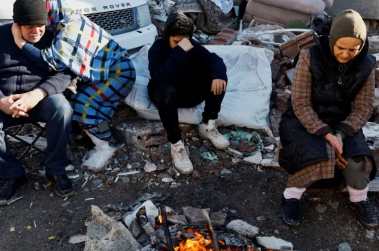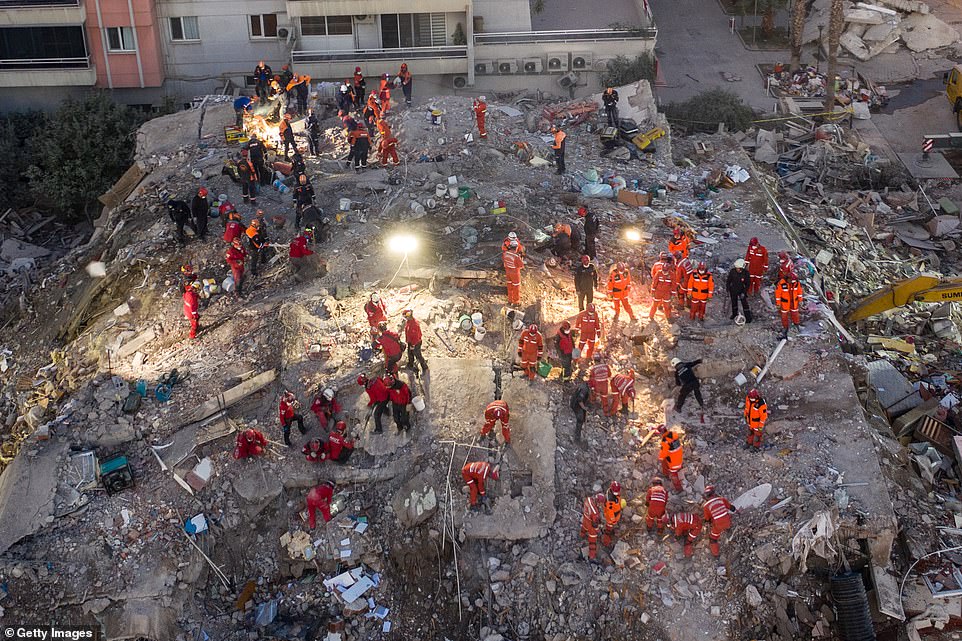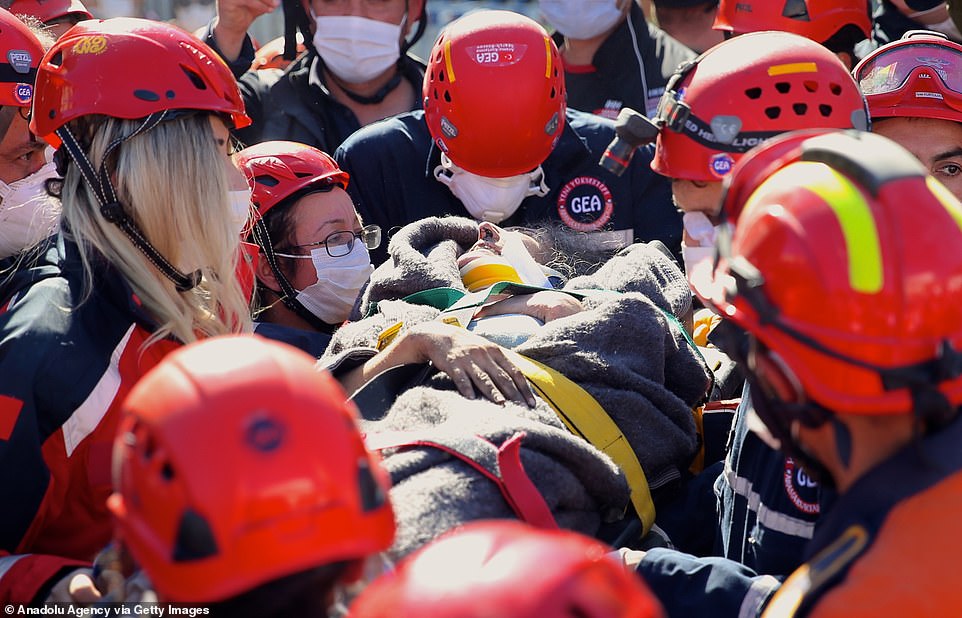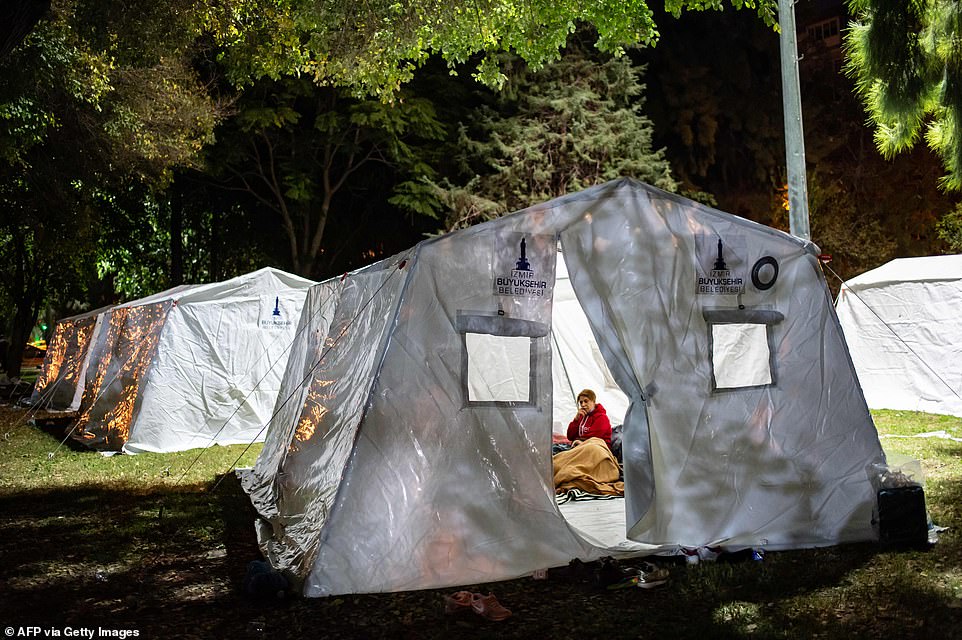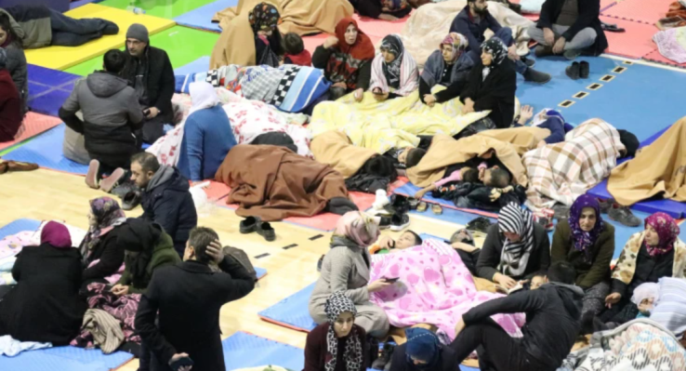nCa Analysis
The death and destruction caused by the earthquakes in Turkey and Syria on 6 and 7 February 2023 is colossal by all means. According to the latest reports, as of the morning of 8 February 2023, the death toll is around 8000.
All of the five countries of Central Asia acted swiftly and sent their first consignments of relief cargo and the teams of relief and medical experts to the affected provinces of Turkey (Turkiye). This is as it should have been.
Looking at the scale of devastation, – it would take a while to quantify it – the relief and rehabilitation will take several months at least. The restoration to normalcy may possibly take years because the immense damage is spread across 10 provinces of Turkey.
One of the immediate tasks is the damage mapping. This is the first step. Everything else will depend on how comprehensively it is done.
The damage mapping will be a continuous process because the data would need to be updated on real-time basis.
There arises the need for coordination. The UN Office for the Coordination of Humanitarian Affairs (OCHA) would need to step in, mainly for long-term solutions.
The Disaster and Emergency Management Presidency of Turkey (AFAD) is the natural partner for OCHA here.
While the damage mapping takes its course, there is the need to prioritize the nature of the relief cargo that is arriving on nearly hourly basis from the countries around the world. There is limited landing, handling and storage space at the airports in the affected areas of Turkey and it should be used for the cargo that is required immediately.
The relief cargo that is necessary but not immediately, should be sent at a later stage.
The Greater Central Asia as a well-connected region through its elaborate rail and road networks needs to participate in the relief and rehabilitation planning that will depend on the accuracy and analysis of damage mapping.
It is not a job for the governments alone. In a disaster of this scale, it is imperative to appeal to the entire populations to respond in whatever way they can. Every country in Central Asia has its own ministry of emergencies or similar structures. These ministries and structures would need to guide the people as to what is required, and when.
The next step would be to prioritize correctly, in coordination with OCHA and AFAD the need for relief cargo and volunteers that are needed immediately.
The multiple routes between the countries of Greater Central Asia, connecting with Turkey, should be put to use for taking the cargo and volunteers to the affected provinces in Turkey. This would require a coordinated approach to use the available road, rail, and multimodal options. This would also require a deep and committed public-private partnership.
Essentially, it is a grassroots commitment – people reaching out to people.
This brings us back to the question of damage mapping.
When we talk of damage mapping, we are not just talking of the satellite imaging and ground assessment of physical damage. We are also talking of the loss suffered by each family in terms of deaths and injuries and also the loss of property and the means of livelihood.
For us, damage mapping requires a holistic approach. Separation of assessments will fragment the relief and rehabilitation work.
And surely, that is why we call if ‘people reaching out to people.’
The next part of the damage mapping would logically be to match what is required with what is available.
The assessment from ground zero would tell what is required, and the people and governments in Greater Central Asia would respond with what they are in a position to offer.
This requires prudent use of AI – this is a moment where AI can be put to the best use, to assess what is required and to match it with what is available. It is also the tool to guide the people and the governments as to what must be done, and when.
The people in Greater Central Asia want to contribute. Their hearts ache, their souls cry out in despair. This is race against time.
Moreover, lessons learned every day should help prepare better for the challenges of tomorrow. /// nCa, 8 February 2023 [Pictures credit Daily Mail, CBS, MetroUK]
